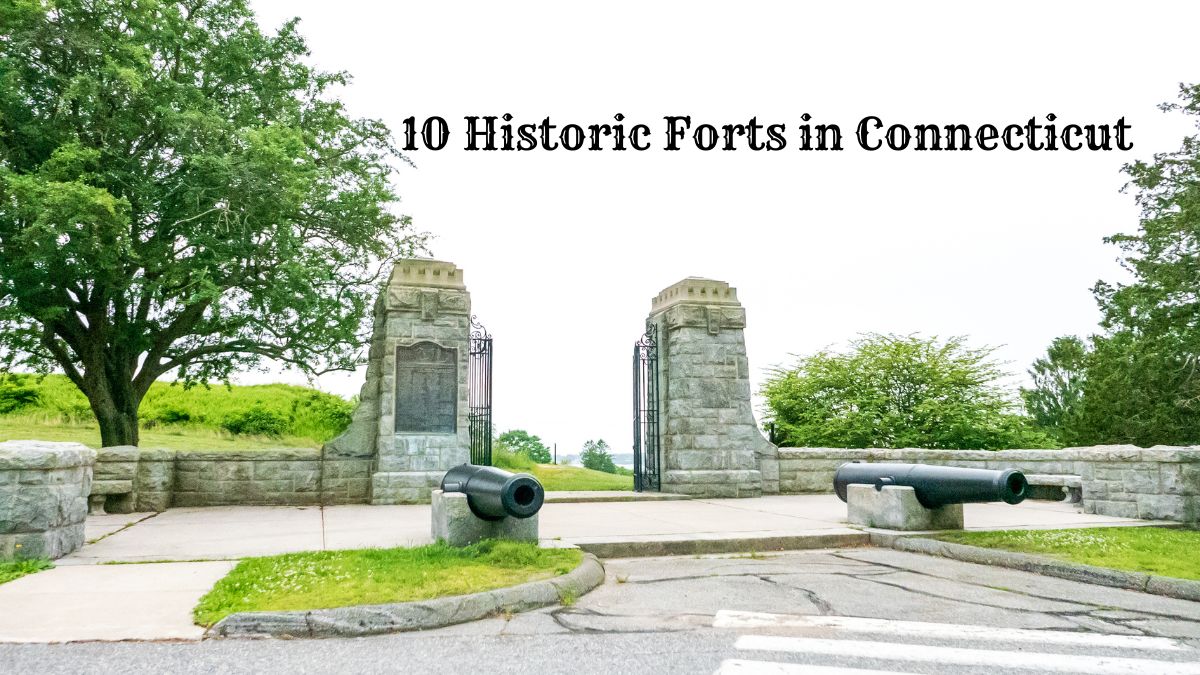Connecticut’s rich history is peppered with numerous forts, each narrating its unique story. These fortifications, from the Native American era to the Civil War, offer a vivid window into the past.
From strategic military posts to sites of historic conflicts, these forts stand as silent witnesses to the evolution of warfare and defense.
In this article, historic forts in Connecticut, we will explore some of Connecticut’s most significant historic forts, delving into their history and the tales they hold.
10 Historic Forts in Connecticut
| 1. Black Rock Fort and Fort Nathan Hale | 6. Fort Huys de Hoop (Fort Good Hope) |
| 2. Fort Griswold | 7. Denison’s Fort |
| 3. Pequot Fort | 8. Fort Saybrook (Fort Shantok) |
| 4. Fort Trumbull | 9. Belcher’s Fort |
| 5. Fort Stamford | 10. Bryan’s Fort |
1. Black Rock Fort and Fort Nathan Hale

On the east shore of New Haven Harbor in Connecticut lies a historic site where two distinct periods of American history converge – the Black Rock Fort and Fort Nathan Hale.
Although they share the exact location, they represent different eras and conflicts in American history.
Black Rock Fort: The Revolutionary Stronghold
Black Rock Fort, established during the Revolutionary War, was a key defense point against British forces.
Its construction in the late 18th century was a strategic move to protect the Connecticut coastline from British naval incursions.
This fort not only served as a military bastion but also bolstered the morale of the local population, standing as a symbol of resistance and resilience during a time of great turmoil.
Fort Nathan Hale: Civil War Transformation
Fort Nathan Hale was constructed during the Civil War on the historical grounds of Black Rock Fort.
Named in honor of Connecticut’s official state hero, Nathan Hale, a patriot spy captured and executed in 1776, the fort represented a new chapter in military defense.
It included the remnants of a 1659 fort, the Revolutionary War-era structures of Black Rock Fort, and new fortifications added for the Civil War.
This era marked a significant evolution in the site’s military significance, as it adapted to the changing needs of warfare in the mid-19th century.
The People Behind the Forts
While specific individuals directly connected to the daily operations of these forts are not widely documented, figures like Nathan Hale have become synonymous with the spirit these forts represented.
Although not directly involved with the fort, Hale became an emblem of the courage and sacrifice that characterized American forces during these turbulent times.
Enduring Legacy
The shared space of Black Rock Fort and Fort Nathan Hale tells a story of adaptation and perseverance. From the Revolutionary War to the Civil War, these forts reflect the changing strategies and technologies in military defense.
Today, they stand as historical landmarks, offering insight into the past and commemorating the resilience and strategic foresight of those who defended them.
2. Fort Griswold: A Keystone of Revolutionary War Defense
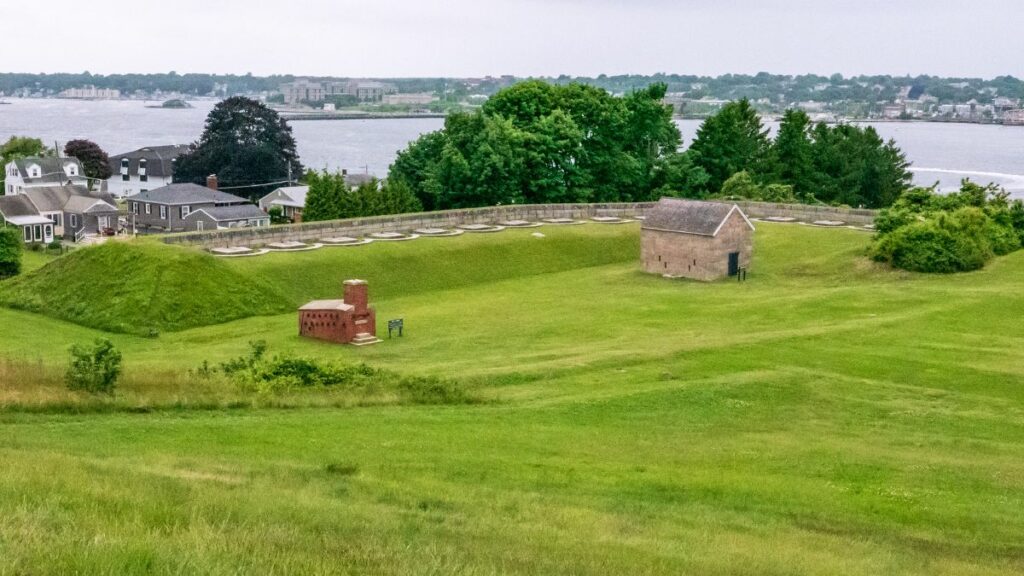
Fort Griswold, also called Groton Fort, is a significant landmark in the history of American military fortifications.
Its construction, which began on December 5, 1775, directly responded to the escalating conflict of the American Revolutionary War.
By 1778, amidst the throes of war, the fort stood completed, a crucial addition to the colonial defensive strategy.
Strategic Importance
Fort Griswold’s location, perched strategically on a hill, was chosen for its commanding view and control over the Thames River.
This vantage point was not just for observation but also a tactical advantage, enabling the fort to bombard enemy ships attempting to navigate the river.
This capability was vital for controlling naval access and protecting the region from British naval incursions.
Role in the Revolutionary War
During the Revolutionary War, Fort Griswold was more than a defensive structure; it symbolized American resistance and tenacity.
The fort was involved in several critical military engagements, most notably the Battle of Groton Heights, which took place on September 6, 1781, and was one of the fort’s most defining moments.
Although it resulted in a British victory and saw heavy losses for the American forces, the bravery and sacrifice of the defenders became a rallying point for American resistance.
Architectural Features
Fort Griswold was designed to be a formidable defensive structure. Its architecture included ramparts, a water battery, and earthworks, all designed to withstand naval barrages and ground assaults.
The fort’s construction reflected the military engineering knowledge of the time and the colonial forces’ adaptability in utilizing the natural landscape for defense.
Fort Griswold Battlefield State Park
Fort Griswold Battlefield State Park commemorates one of the bloodiest battles of the American Revolutionary War. On September 6, 1781, the British attacked Fort Griswold in the more significant Battle of Groton Heights.
Despite valiant defense by the fort’s garrison, the British breached its walls and overran its defenders. The fort’s commander, Colonel William Ledyard, and many of his men were killed in the battle.
In total, over 150 American soldiers lost their lives that day, earning it the nickname the “Fort Griswold Massacre.”
Today, Fort Griswold Battlefield State Park preserves where the battle occurred. Visitors can tour the reconstructed fort and view monuments honoring the fallen soldiers.
Ranger-led programs provide insights into the battle and its significance. The park serves as a sobering reminder of the costs of war and Connecticut’s role in the struggle for independence from Britain.
3. Pequot Fort: A Symbol of Early Native American Resilience
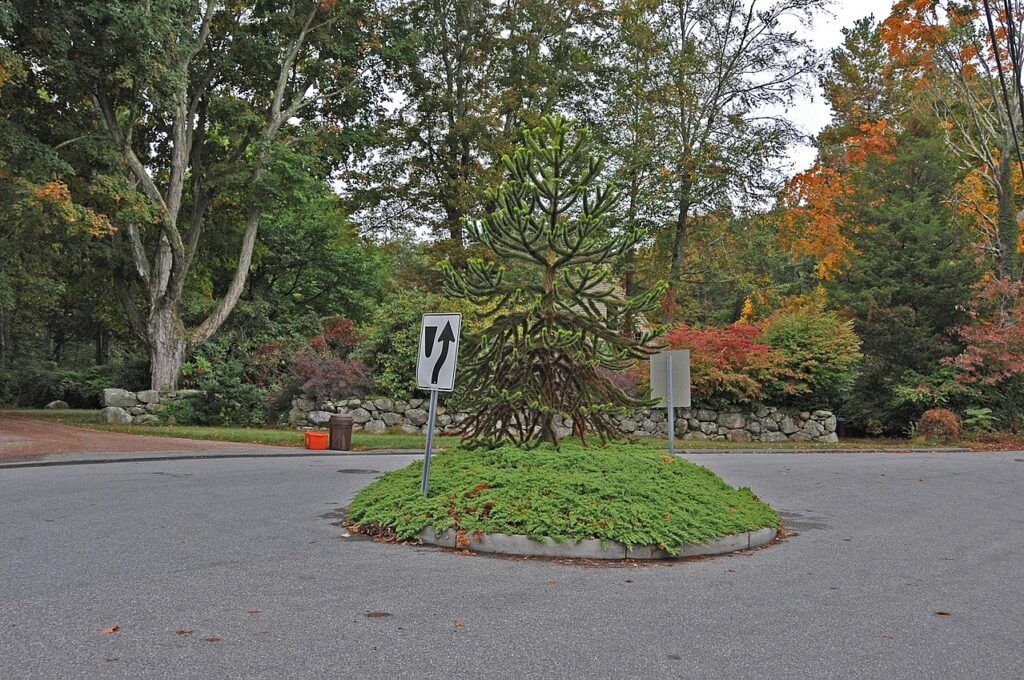
Pequot Fort, a fortified Native American village, represents a critical chapter in the early history of North America. Located in present-day Groton near Mystic, Connecticut, this settlement was the stronghold of the Pequot tribe.
Its history is deeply intertwined with the early interactions and conflicts between Native Americans and European settlers.
Strategic Location and Structure
The fort was strategically positioned overlooking the Mystic River, a choice that exemplified the Pequot tribe’s understanding of the land and its tactical advantages.
The settlement was palisaded, a typical defensive structure among Native American tribes, which involved building a solid fence or wall around the village for protection against external threats.
The Pequot War and Mystic Massacre
The most notable and tragic event in Pequot Fort’s history is the Mystic Massacre of 1637, during the Pequot War.
This conflict arose from escalating tensions between the Pequot tribe and English settlers, fueled by competition for control over trade and territory.
The Mystic Massacre was a pivotal and devastating event where the fort was attacked by a combined force of English settlers and their Native American allies, leading to significant loss of life and the eventual downfall of the Pequot stronghold.
The Aftermath and Impact
The destruction of the Pequot Fort and the subsequent events of the Pequot War had a profound impact on the Native American tribes in the region.
It marked a significant shift in the balance of power between Native Americans and European settlers. The war and its aftermath led to the dispersion of the Pequot people and a reconfiguration of Native American territories in the area.
Legacy and Remembrance
Today, the site of Pequot Fort is a place of historical remembrance, reflecting on the early Native American presence in the region and their struggles against European colonization.
The fort’s history is a poignant reminder of the complex and often tragic interactions between different cultures during the colonial period of American history.
4. Fort Trumbull
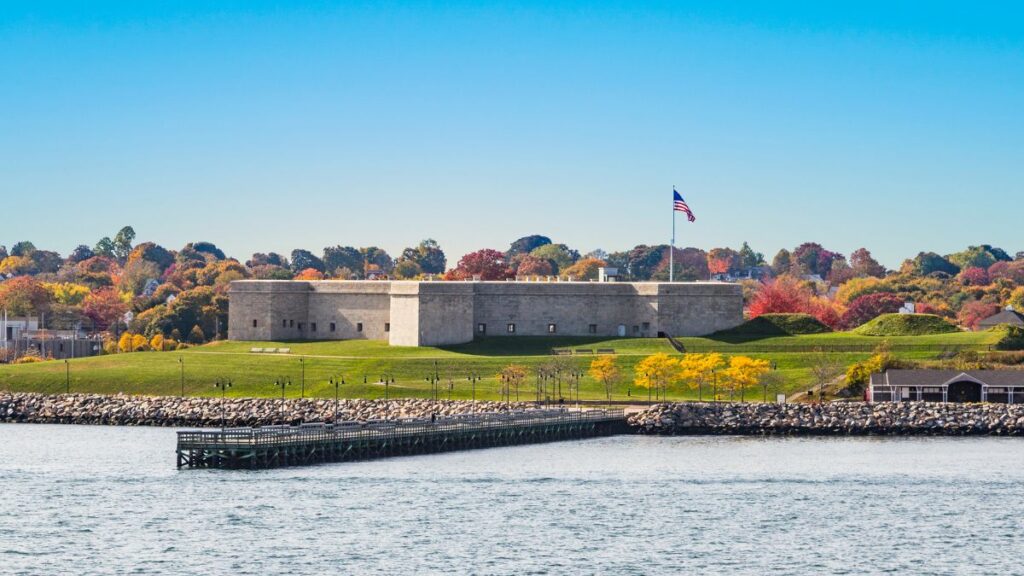
Fort Trumbull, located in New London, Connecticut, near the mouth of the Thames River on Long Island Sound, is rich in American military history.
It was named after Governor Jonathan Trumbull, who served from 1769 to 1784 and recommended its construction in 1775 to protect Connecticut’s government seat.
The fort was completed in 1777 and played significant roles in various American conflicts.
Revolutionary War Era
The fort’s early prominence was during the American Revolutionary War. In a notable event, it was captured by British forces under the command of Benedict Arnold, who had betrayed his country, during a raid on September 6, 1781.
This raid also targeted nearby Fort Griswold and resulted in the tragic Battle of Groton Heights, where numerous Connecticut militiamen made a bold stand.
19th Century Transformations
In 1808, the fort underwent repairs and was completely redesigned and rebuilt between 1839 and 1852 to meet the changing military needs under the second system of US fortifications.
This reconstruction transformed it into a more robust five-sided, four-bastion coastal defense fort capable of accommodating an extensive array of artillery.
During the American Civil War, Fort Trumbull served as an organizational center for Union troops and was briefly commanded by John F. Reynolds, who later played a significant role in the Battle of Gettysburg.
Adaptations for Modern Warfare
In the late 1800s, the fort was modified to accommodate more advanced artillery, including Rodman smooth-bore guns and converted rifles, some of which remain at the fort.
After the Civil War, further modernizations included installing Endicott-era fortifications, making it a central part of the Harbor Defenses of Long Island Sound.
The fort also served as the headquarters of several other forts in the region until 1910, when it was repurposed for the Revenue Cutter Service (later the United States Coast Guard Academy).
World War II and Beyond
During World War II, Fort Trumbull evolved to serve new purposes.
It housed the Merchant Marine Officers Training School, training over 15,000 officers, and hosted Columbia University’s Division of War Research, which developed sonar systems.
This work continued post-war, with Fort Trumbull being the location for the Naval Underwater Sound Laboratory until 1970. The site’s military use eventually ceased in 1996, marking the end of its long service as a federal military facility.
5. Fort Stamford
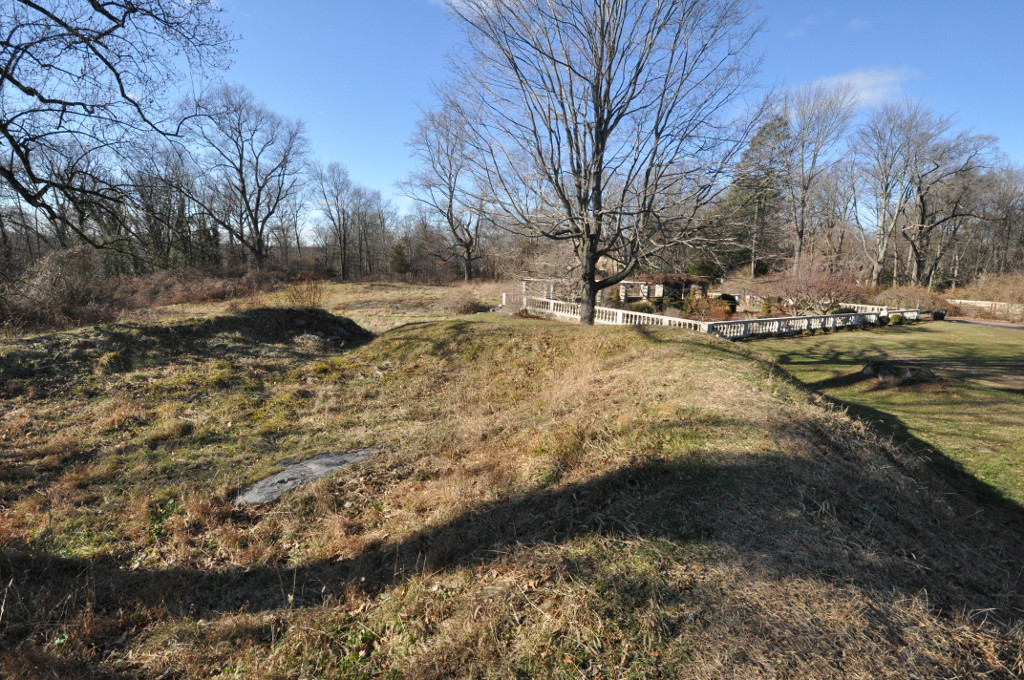
Fort Stamford was established during the American Revolutionary War to protect Connecticut from Loyalist raids.
The fort as we know it today was designed by Rufus Putnam, the engineer who also constructed West Point, and the construction was overseen by General David Waterbury in 1781.
At its peak, Fort Stamford housed up to 800 soldiers, making it a significant military installation of its time.
Early Engagements and Role
A military camp or fortification existed at the site before its formal construction. Notably, during the raid on Greenwich by William Tryon on February 26, 1779, General Israel Putnam rode to Fort Stamford to gather reinforcements.
The troops from the fort played a crucial role in defending Stamford, particularly in a battle near Palmer’s Hill and the Mianus River.
On July 2, 1779, during Banastre Tarleton’s raid on Pound Ridge, New York, the 2nd Regiment of Light Horse under Colonel Sheldon successfully defended the fort from direct attack.
Demise and Legacy
After the war, the number of soldiers at the fort was reduced to about 300. Fort Stamford was deemed unnecessary and sold off at the end of the Revolutionary War.
In the following years, the local residents began to refer to it as “Fort Nonsense,” perhaps reflecting a change in the perception of its significance post-war.
6. Fort Huys de Hoop: A Dutch Foothold in Early Connecticut
Fort Huys de Hoop, also known as Fort Good Hope, was a Dutch endeavor established in 1633 by the Dutch West India Company (WIC) of the United Netherlands.
This fortified trading house, built on the south bank of the Little River (now Park River), a tributary of the Connecticut River, was intended to be the northeastern fortification and trading center for the WIC.
The land for the fort was acquired on June 8, 1633, from the Sequins, one of the clans of Connecticut Indians.
Jacob van Curler, on behalf of the WIC, added a block house and barrier to the post, and New Amsterdam sent a small garrison with a pair of cannons to fortify it further.
Interaction with English Colonies
In the 1630s, an influx of English settlers into the Connecticut Valley led to rising tensions and competition with the Dutch.
William Holmes led settlers from Plymouth Colony to the Connecticut Valley, establishing Windsor a few miles north of Fort Huys de Hoop.
The growing English presence, including establishing Hartford directly across from the Dutch fort, signaled a shift in power dynamics in the region.
By 1637, the English population had significantly expanded, and the Connecticut River towns of Windsor, Hartford, and Wethersfield formed a collective government to participate in the Pequot War.
Changes in Command and Control
In 1640, David Provoost was appointed Commander of Fort Good Hope. However, the increasing English influence in the area led to the fort’s decline in strategic importance.
In 1650, the Hartford Convention was held to settle border disputes between New Netherland and New England, placing the fort on English territory.
By 1653, during the First Anglo-Dutch War, the English seized the fort from its small Dutch garrison, marking the end of Dutch control in the area.
Legacy
Fort Huys de Hoop represents an early chapter in the colonial history of Connecticut, illustrating the complex interactions between Dutch traders, Native American tribes, and English settlers.
Its establishment and eventual overtaking by English forces reflect the dynamic and often contentious nature of colonial expansion in North America.
Today, the site of Fort Huys de Hoop stands as a historical landmark, reminding us of the diverse cultural and political forces that shaped the early history of Connecticut and the broader region.
7. Denison’s Fort: A Colonial Stronghold in Stonington
In Stonington, Connecticut, Denison’s Fort was established in 1675 as a settlers’ palisaded fort. The colonial militia primarily used it during King Philip’s War, a conflict that arose from tensions between Native American inhabitants and the European settlers.
Captain John Denison, a key figure during this period, led the construction and defense of the fort.
The palisade, a fortified wall made from wooden stakes, was a protective barrier against potential attacks.
King Philip’s War lasted from 1675 to 1676 and was marked by fierce battles and was crucial in shaping the region’s early history.
Aftermath and Legacy
Following the end of King Philip’s War, the fort’s significance diminished.
The site later became known as the Denison Homestead, with George Denison, a veteran of the Pequot War and a Connecticut cavalry commander during King Philip’s War, having built a house near the fort’s original location.
Archaeological surveys have been conducted to find evidence of the 17th-century occupation and the fort’s structure.
Today, the area where Denison’s Fort once stood is part of the Denison Homestead Museum.
The museum offers insights into the life and times of the Denison family and the broader historical context of the region during the colonial era.
8. Fort Saybrook (Fort Shantok)
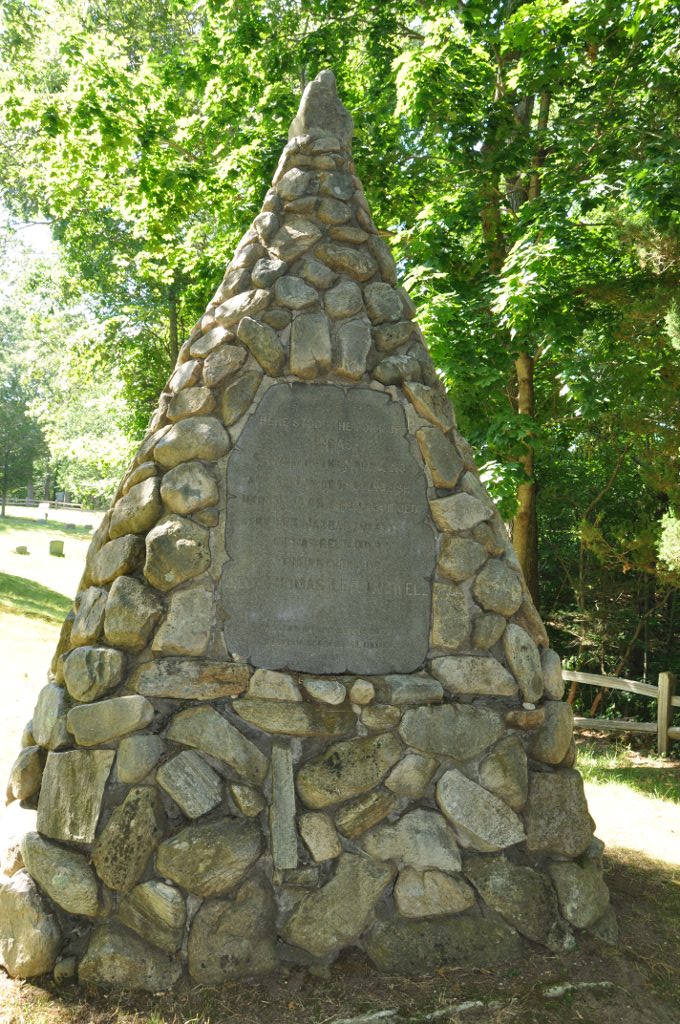
Fort Saybrook, established in late 1635 at the mouth of the Connecticut River in Old Saybrook, Connecticut, was an early English colony in New England.
Founded by John Winthrop the Younger, son of John Winthrop, Governor of the Massachusetts Bay Colony, the colony was named in honor of Lords Saye and Brooke.
Winthrop the Younger and other notable figures, such as Colonel George Fenwick and Captain Lion Gardiner, governed the colony, which was claimed through a deed from Robert Rich, 2nd Earl of Warwick.
The fort was planned to be the strongest in New England, with preparations including shipments of ironwork for a portcullis, drawbridges, and even an experienced military engineer.
Saybrook’s fort was crucial in controlling the leading trade and supply route to the upper river valley, making it a pivotal point in the region’s defense and commerce.
Transition and Command
In 1647, Major John Mason assumed command of Saybrook Fort.
During his tenure, the fort burned to the ground under mysterious circumstances but was quickly rebuilt. Mason’s role extended beyond military command; he was a Commissioner of the United Colonies, a chief military officer, a magistrate, and a peacekeeper.
He was involved in negotiations with Native Americans, drafting treaties, and arbitrating disputes, often working closely with his friend Uncas.
Legacy and Historical Significance
Fort Saybrook’s history reflects the early colonial efforts to establish a foothold in New England. The fort’s strategic location and military importance made it a key player in the early defense and development of the Connecticut region.
The history of Fort Saybrook is not only a tale of colonial expansion but also a story of negotiation and interaction with the Native American population.
9. Belcher’s Fort
Belcher’s Fort, established in 1675 in Meriden, Connecticut, was a unique example of early American colonial defense structures.
Unlike typical wooden palisades, this fort was a stone house built as tensions escalated just before King Philip’s War. Designed primarily for defense, it featured no windows, only loopholes for firing at attackers, and was secured by a single heavy door.
This design reflected the severe threat posed by the war, ensuring the fort could withstand assaults and provide settlers a haven during the conflict.
10. Bryan’s Fort
Bryan’s Fort in Connecticut, a settlers’ palisaded fort, played a role during King Philip’s War, a conflict between Native American inhabitants and European settlers in the late 17th century.
This type of fortification, characterized by a protective barrier made from wooden stakes, was crucial for the safety and defense of colonial settlers during this turbulent period.
The fort was built around the same time as the Branford Blockhouse, which indicates that it was built in the mid-17th century.
Related: 7 Historic Forts in Idaho
Conclusion – Historic Forts in Connecticut
Visitors to the state of Connecticut can start their journey at Fort Hale Park. This national historic landmark offers stunning views of the Long Island Sound and features earthen mounds and remnants of the original fort.
From there, they can journey to Fort Griswold, where they can pay their respects to the Revolutionary War heroes who fought and died during the Battle of Groton Heights.
The site also houses a Revolutionary War museum, providing a deeper understanding of the events.
A trip to the Submarine Force Museum in Groton is necessary for those interested in naval history.
This museum showcases the evolution of submarine technology and the critical role submarines have played in the nation’s defense.
The nearby Groton Monument, another American Revolution national historic landmark, honors the sacrifices of Revolutionary War heroes and offers panoramic views of the surrounding area.
A visit to the various revolutionary forts in Connecticut promises a fun trip that is also filled with historical significance and educational opportunities.
It’s a chance to immerse oneself in the stories of the past and gain a deeper appreciation for the sacrifices made by those who came before us.
Thanks for reading, and if you have visited any of these forts, we would love to hear about your experience in the comments section below.

Cory is a website owner and content creator who enjoys fishing, history, coin collecting, and sports, among other hobbies. He is a husband and father of four.
Romans 15:4 For whatever was written in former days was written for our instruction, that through endurance and through the encouragement of the Scriptures we might have hope.

